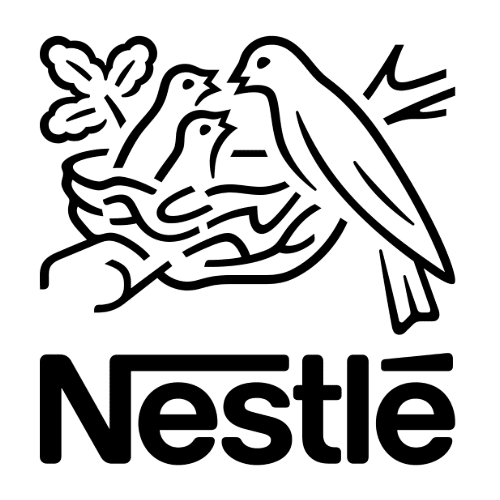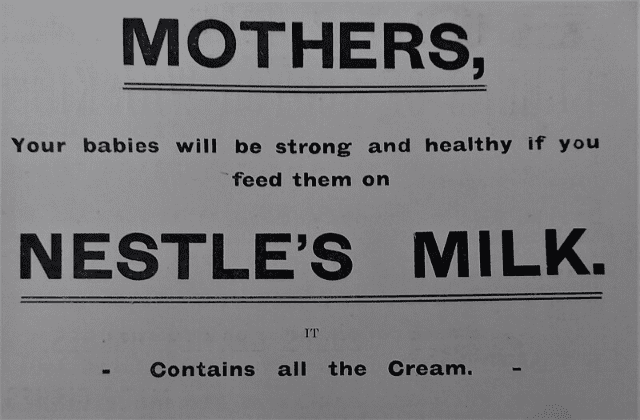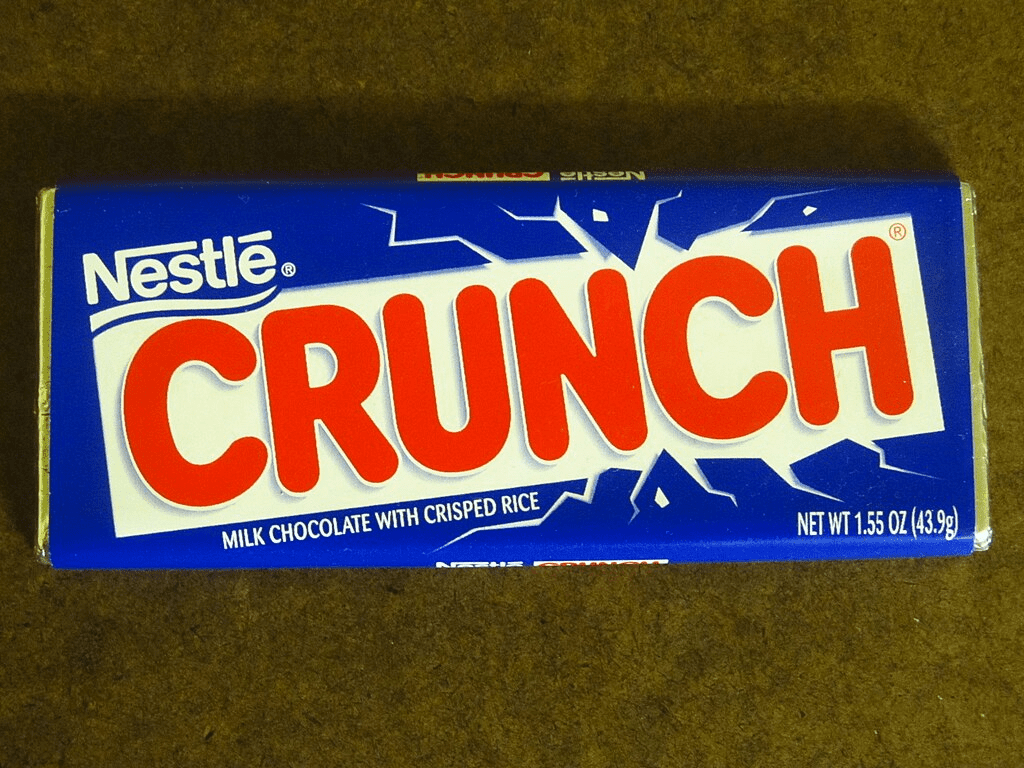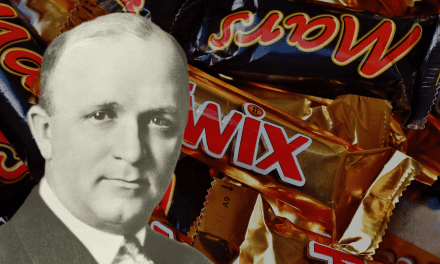Last updated 1 year ago ago | Originally Published: August 19, 2024
Henri Nestlé, the visionary behind one of the most recognized global food brands, revolutionized infant nutrition with his groundbreaking formula, saving countless lives and setting new industry standards.
His relentless drive for innovation and quality laid the foundation for Nestlé, a company that has adapted and thrived in an ever-changing market.
Nestlé is still a global giant in the food and drink industry today, a testament to Henri’s enduring legacy of innovation and strategic foresight. This article explores how his pioneering efforts continue to influence the company’s direction and impact the world.
Plus, learn how entrepreneurs and business leaders can learn a lesson from one of the greats, a pioneer in today’s global food industry! Even though Henri Nestlé is no longer with us today, his legacy lives on, and here is the proof.
Early Life and Background of Henri Nestlé
Born in Frankfurt, Germany, in 1814, Nestlé grew up in a large family of modest means. Early exposure to the challenges of urban life and the struggles of working-class families shaped his character and ambitions.
Determined to make a difference, he pursued an apprenticeship in pharmacy, a field that sparked his interest in chemistry and nutrition. This early foundation laid the groundwork for his future innovations, blending scientific knowledge with a deep concern for public health.
Transitioning from his formal education, Nestlé’s experience as a pharmacist profoundly influenced his later endeavors. The rigorous training gave him a strong understanding of chemical processes and an appreciation for precision and quality.
This background became crucial when he began experimenting with food products, particularly those addressing nutritional deficiencies. His pharmacy work also instilled a commitment to developing safe, effective solutions, a principle that would guide his future business ventures.
Before establishing his namesake company, Nestlé embarked on several entrepreneurial pursuits, each reflecting his inventive spirit and business acumen. These early ventures included developing mineral water, vinegar, and other food-related products, though they met with varying degrees of success.
However, these experiences honed his skills in product development and market understanding. They also revealed a key insight: the importance of creating products that addressed specific, unmet needs, a concept that would eventually lead to his groundbreaking work in infant nutrition.

The Beginning—Nestlé’s Passion to Improve Food for Infants
Driven by a passion to address the alarming rates of infant mortality due to malnutrition, Nestlé focused on developing a solution in the mid-1860s. The result was “Farine Lactée,” an innovative infant cereal created in 1867.
This product combined cow’s milk, wheat flour, and sugar into a digestible, nutrient-rich formula designed for infants unable to be breastfed. It quickly gained recognition as a life-saving alternative, providing essential nourishment for vulnerable infants.
At the time, infant mortality was a significant public health crisis, particularly among those who could not receive adequate nutrition. Traditional feeding methods often fail, leaving infants susceptible to illness and death.
Nestlé’s solution was revolutionary because it addressed infants’ nutritional needs in a safe, consistent, and widely accessible way. By offering an alternative to breastfeeding, “Farine Lactée” filled a critical gap in infant care and helped significantly reduce infant mortality rates.
The science behind “Farine Lactée” was both simple and groundbreaking. By carefully balancing ingredients to mimic breast milk’s nutritional profile, Nestlé created an easily digestible and nourishing product.
The formulation process ensured that the cereal provided the necessary proteins, fats, and carbohydrates to support infant growth. This innovation set new standards for infant nutrition and established Nestlé as a pioneer in the food industry, laying the foundation for the company’s future successes.

Expansion and Diversification—Building a Global Brand
Following the success of “Farine Lactée,” Henri Nestlé’s company quickly recognized the need to diversify its offerings. Expanding beyond infant cereal, they introduced condensed milk, a convenient and long-lasting alternative to fresh milk. This diversification allowed Henri Nestlé’s company to meet broader consumer needs, solidifying its presence in the market.
A significant turning point came in 1905 with the merger of the Anglo-Swiss Condensed Milk Company. This strategic alliance combined the strengths of both entities, enabling more efficient production and distribution across Europe. The merger catalyzed rapid growth, transforming the business into a formidable global player in the food industry and positioning it for long-term success.
As the company expanded, it maintained an unwavering commitment to quality, a core principle of this brand. Consumers trusted products bearing the Nestlé name for their consistency and reliability. This dedication to quality helped establish a strong reputation, making Nestlé a preferred choice in households worldwide.
The company’s global reach and focus on quality allowed it to become a leader in the food industry. By consistently delivering products that met high standards, Nestlé gained widespread consumer trust and ensured its continued growth and influence across diverse markets. Today, it remains a benchmark for excellence in the industry.

Henri Nestlé’s Key Collaborations and Influences
Collaborations with food scientists, business partners, and marketers were crucial in the company’s expansion, a strategy rooted in Henri Nestlé’s vision. These partnerships brought together expertise from various fields, enabling the development of innovative products and more efficient production methods. By leveraging these collaborative efforts, the company introduced new products that met diverse consumer needs, further solidifying its market presence.
Strategic collaborations greatly facilitated the company’s expansion into new markets. Business partners and marketers helped navigate different regional preferences and regulatory landscapes, allowing the company to tailor its offerings to specific markets. This approach broadened the company’s global reach and ensured its products resonated with consumers across diverse cultural contexts.
Henri Nestlé’s Leadership During Challenging Times
Henri Nestlé’s leadership was instrumental in guiding the company through economic downturns and global conflicts. During World War I, his strategic decisions to adapt production lines to meet wartime needs kept the business stable. This flexibility ensured continued operations and positioned the company to recover quickly post-war, maintaining its market leadership despite global challenges.
The Great Depression posed another significant challenge, severely impacting consumer purchasing power. Henri Nestlé’s leadership responded by diversifying product offerings to include more affordable options, ensuring the company remained accessible to a broader audience. This strategic shift sustained the company during tough economic times and expanded its consumer base.
Nestlé’s forward-thinking approach consistently focused on adapting to changing consumer preferences. The company introduced products that met evolving demands by anticipating shifts in dietary trends and investing in research and development. This proactive strategy allowed the company to stay ahead of competitors and remain relevant in a dynamic global market.
Success in the Global Candy Business
Expanding into the global candy market, Henri Nestlé’s company achieved significant success with beloved brands such as KitKat, Butterfinger, Crunch, Baby Ruth, and Raisinets. These products became household favorites, cementing the company’s reputation as a leader in the confectionery industry. Introducing these popular candies helped the company gain a strong foothold in international markets.
Acquiring iconic American candy brands further boosted the company’s presence in the United States. Thanks to the brand’s commitment to quality and innovation, products like KitKat, Butterfinger, and Baby Ruth quickly became staples in American homes. These offerings, known for their unique flavors and widespread availability, were crucial in establishing the company’s dominance in the U.S. candy market.
The company’s success in the candy industry was largely driven by its focus on meeting consumer preferences. By continually introducing new products and flavors, such as the Crunch bar and Raisinets, the brand maintained its appeal to candy lovers worldwide. This dedication to innovation and quality, a principle deeply rooted in Henri Nestlé’s leadership, kept the company at the forefront of the global confectionery market.
As the company continued to evolve, a strategic decision was made to refocus its business priorities. This led to selling its US candy business, including its beloved brands, to Ferrara Candy Company in 2018. This move marked a turning point, allowing the company to concentrate on other areas of growth and innovation while still honoring the legacy of Henri Nestlé.

Long-Term Vision and Succession Planning
Since its inception, Henri Nestlé has deeply embedded its commitment to quality and innovation in its culture. This focus on excellence ensured that every product met high standards, earning consumer trust worldwide. Over the years, this dedication to quality became a cornerstone of the company’s identity, driving its success across various markets.
Strategic planning, inspired by Henri Nestlé’s foresight, has been vital in maintaining the company’s leadership in the global food industry. The company consistently adapted its product offerings to meet evolving demands by carefully analyzing market trends and consumer preferences. This forward-thinking approach allowed the company to navigate challenges like market exits while continuing to grow in other areas.
Succession planning has been instrumental in preserving the company’s values and direction. Leadership transitions were managed with a clear focus on maintaining the founding principles set by Henri Nestlé. Ensuring new leaders aligned with the company’s core values, the business remained true to its original vision while fostering innovation and growth.
This careful succession planning has preserved Nestlé’s legacy and ensured the company’s long-term viability. As the company moved into new markets and exited others, its leadership remained committed to the principles of quality and innovation. This continuity enabled the company to adapt to changing circumstances while staying true to the vision that made it a global leader.
Employee Empowerment and Development
Recognizing the importance of a skilled and motivated workforce, Nestlé has always prioritized employee empowerment and development. The company invests in continuous learning and career advancement opportunities, ensuring its employees are equipped to navigate the complexities of the global food industry. This approach has been crucial in maintaining Nestlé’s competitive edge.
The culture of innovation, first championed by Henri Nestlé, remains integral to the company’s success. Employees are encouraged to think creatively and develop solutions that align with the company’s commitment to quality and consumer satisfaction. This focus on fostering innovation has allowed Nestlé to stay ahead of market trends and adapt to evolving consumer needs.
To support this innovative environment, Nestlé offers various programs designed to enhance employee growth. These initiatives, including extensive training and leadership development opportunities, empower employees to contribute to the company’s legacy of excellence. Nestlé’s Research and Development Centers also provide employees with the tools and support necessary to pursue groundbreaking projects.
By creating a culture where employees feel empowered and valued, Nestlé ensures its workforce remains dynamic and forward-thinking. This commitment to employee development supports individual growth and preserves the company’s long-standing values, securing its position as a leader in the global food industry.
Lessons from Henri Nestlé’s Legacy
The story of Henri Nestlé offers valuable lessons on the importance of innovation, adaptability, and long-term vision. His relentless pursuit of solutions to improve lives led to the creation of products that changed the food industry. This commitment to innovation remains a cornerstone of the company’s enduring success.
Adaptability was another key principle in Henri Nestlé’s approach. By recognizing and responding to shifts in consumer needs, he ensured that the company remained relevant and competitive. This ability to pivot and embrace change is a lesson that resonates with businesses and entrepreneurs in today’s rapidly evolving market.
Finally, maintaining a long-term vision was central to Henri Nestlé’s legacy. His focus on sustainable growth and quality laid the foundation for a global, thriving brand for over a century. For modern businesses, this lesson underscores the importance of planning for the future while staying true to core values and principles.

Learn More About Henri Nestlé
For further exploration of Henri Nestlé’s legacy and the lasting impact of his innovations, the following references provide comprehensive insights into his life, the company’s evolution, and strategic business decisions.
- Nestlé Official Website: https://www.nestle.com/
- Wikipedia: https://en.wikipedia.org/wiki/Henri_Nestlé
- Encyclopedia Britannica: https://www.britannica.com/money/Nestle-SA
- Candy Retailer: https://www.candyretailer.com/blog/nestle






Recent Comments